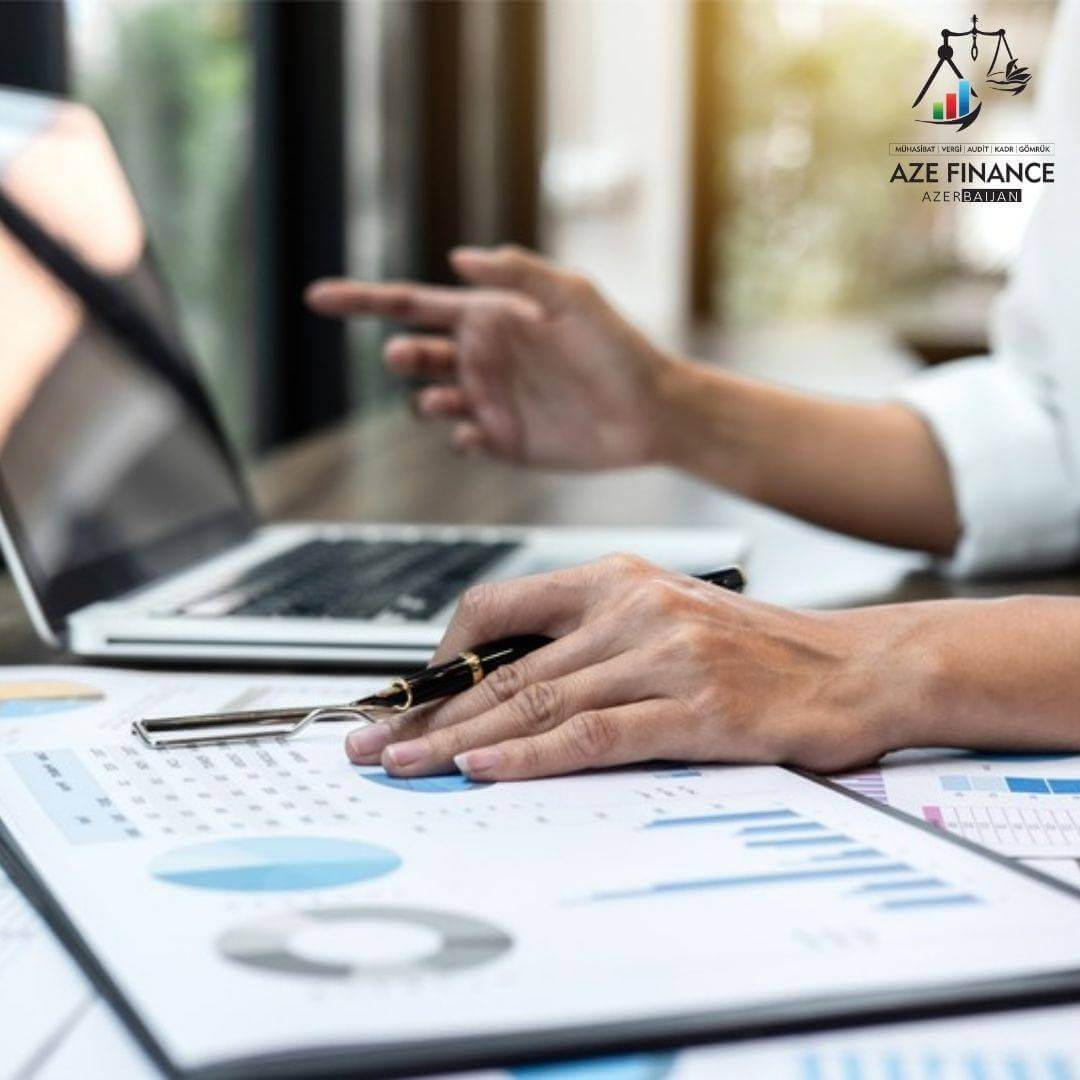How does a sole proprietor's engagement in other activities affect their entitlement to tax benefits?
How does a sole proprietor's engagement in other activities affect their entitlement to tax benefits?

One of the issues that concerns entrepreneurs is whether a taxpayer can be engaged in other activities in addition to those listed in Article 102.1.30-1 of the Tax Code. Tax expert Anar Bayramov comments on the circumstances under which taxpayers may benefit from tax exemptions in such cases.
According to the second paragraph of Article 102.9 added to the Tax Code, if an individual is engaged in the types of activities specified in Article 102.1.30-1 and simultaneously in other activities, the right to benefit from the tax exemption outlined in that article is granted only if the income earned from the activities specified in Article 102.1.30-1 constitutes at least 50 percent of the individual's total annual income.
Example 1: A taxpayer engaged in car repair also provides advertising services via their personal social media. Over the year, the taxpayer earned AZN 30,000 from car repair and AZN 12,000 from advertising (excluding expenses), totaling AZN 42,000.
Since the taxpayer's total annual income is less than AZN 45,000, a 75% income tax exemption would not apply. Although the share of income from car repair is 71.43% of the total income:
(30,000 : 42,000) × 100% = 71.43%
the income from advertising – a non-exempt activity under Article 102.1.30-1 – makes up 28.57% of total income. Since this exceeds the 50% threshold for non-exempt income, the taxpayer is not eligible for the 75% exemption.
Example 2: An individual entrepreneur performs both household appliance repair and courier services. Their income (excluding expenses) was AZN 15,000 from repairs and AZN 35,000 from courier activities. The courier service is included in Article 102.1.30-1, and its share of total income is:
(35,000 : 50,000) × 100% = 70%
Although this share qualifies for the exemption, the total annual income of the taxpayer is AZN 50,000, which exceeds the AZN 45,000 cap set under Article 102.1.30-1. As a result, even though the exempt activity income exceeds 50% of total income, the taxpayer must pay income tax at the 20% rate. The reason the 75% exemption is not applied is due to exceeding the total income limit of AZN 50,000.
Example 3: In 2025, an individual entrepreneur earned AZN 20,000 from locksmith services and AZN 22,000 from tourism guide services (excluding expenses). The tourism guide service is listed among the activities in Article 102.1.30-1. Since the share of income from the guide service is:
(22,000 : 42,000) × 100% = 52.38%
the taxpayer is eligible for a 75% tax exemption. Therefore, the 75% exemption will be applied to the taxable portion of the total income of AZN 42,000 after deducting expenses.

One of the issues that concerns entrepreneurs is whether a taxpayer can be engaged in other activities in addition to those listed in Article 102.1.30-1 of the Tax Code. Tax expert Anar Bayramov comments on the circumstances under which taxpayers may benefit from tax exemptions in such cases.
According to the second paragraph of Article 102.9 added to the Tax Code, if an individual is engaged in the types of activities specified in Article 102.1.30-1 and simultaneously in other activities, the right to benefit from the tax exemption outlined in that article is granted only if the income earned from the activities specified in Article 102.1.30-1 constitutes at least 50 percent of the individual's total annual income.
Example 1: A taxpayer engaged in car repair also provides advertising services via their personal social media. Over the year, the taxpayer earned AZN 30,000 from car repair and AZN 12,000 from advertising (excluding expenses), totaling AZN 42,000.
Since the taxpayer's total annual income is less than AZN 45,000, a 75% income tax exemption would not apply. Although the share of income from car repair is 71.43% of the total income:
(30,000 : 42,000) × 100% = 71.43%
the income from advertising – a non-exempt activity under Article 102.1.30-1 – makes up 28.57% of total income. Since this exceeds the 50% threshold for non-exempt income, the taxpayer is not eligible for the 75% exemption.
Example 2: An individual entrepreneur performs both household appliance repair and courier services. Their income (excluding expenses) was AZN 15,000 from repairs and AZN 35,000 from courier activities. The courier service is included in Article 102.1.30-1, and its share of total income is:
(35,000 : 50,000) × 100% = 70%
Although this share qualifies for the exemption, the total annual income of the taxpayer is AZN 50,000, which exceeds the AZN 45,000 cap set under Article 102.1.30-1. As a result, even though the exempt activity income exceeds 50% of total income, the taxpayer must pay income tax at the 20% rate. The reason the 75% exemption is not applied is due to exceeding the total income limit of AZN 50,000.
Example 3: In 2025, an individual entrepreneur earned AZN 20,000 from locksmith services and AZN 22,000 from tourism guide services (excluding expenses). The tourism guide service is listed among the activities in Article 102.1.30-1. Since the share of income from the guide service is:
(22,000 : 42,000) × 100% = 52.38%
the taxpayer is eligible for a 75% tax exemption. Therefore, the 75% exemption will be applied to the taxable portion of the total income of AZN 42,000 after deducting expenses.


